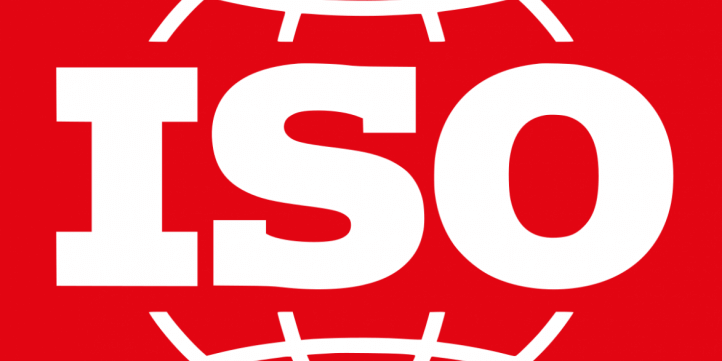What’s the Difference Between an ISO, EN-ISO, and BS-EN-ISO Standard?

Standards are one of the key considerations when it comes to choosing workwear and they help you to determine whether a garment, such as an arc flash trouser or fire resistant jacket is the right choice. But they can be complex for the uninitiated. If you’re struggling to get your head around the various acronyms, read on.
So, first things first, ‘ISO’ stands for International Organisation for Standardisation; the organisation which publishes set standards that are recognised at an international level, all around the globe. There are standards in practically all areas, including energy, medical devices, information security and, perhaps of greatest interest to us here at Wearwell, protective clothing. But there’s more to standards than simply ISO.
You may have seen standards listed as ISO, EN-ISO, or BS-EN-ISO, but what do these extra letters mean? What’s the difference between ISO, EN-ISO, and BS-EN, ISO, and how does it impact the standard?
ISO
Let’s take a look at this example: ISO 11612:2015. This is an international standard that many of our Tecwear garments adhere to. The standard ensures that protective clothing is designed and manufactured to deliver optimal performance and reduce the risk of injury within the workplace.
EN-ISO
When an international standard is adopted at a more regional level, it obtains a prefix to associate it with that particular region. When an ISO is adopted by the European Union, for example, it becomes an EN-ISO. In this instance, the international ISO 11612:2015 would become EN-ISO 11612:2015.
The actual standards to which the garments must be designed and manufactured remain the same, although global differences in areas such as construction, utilities, and manufacturing for example allow for the EU to make minor changes to the standard in order for it to meet their own safety regulations.
BS-EN-ISO
An EN-ISO cannot be publicly released by the European Union, and must instead be released separately in one of the official languages of the EU. A BS-EN-ISO is a standard that’s released in British English by the British Standards Institute. In our example, the standard would become BS-EN-ISO 11612:2015.
In French, the standard would be released as AFNOR-EN-ISO 11612:2015, and in German it would be published as DIN-EN-ISO 11612:2015. The standards themselves remain the same regardless of the publication language, but the distinction can be beneficial in terms of assessment and auditing.
What’s the Difference?
Ultimately, there is very little difference between an ISO, an EN-ISO, and a BS-EN-ISO, with all three demonstrating that there is a proven commitment to a set standard. It may be best to view an ISO as an umbrella standard, incorporating a range of similar, regionally-adapted standards containing the same core criteria, but exhibiting small changes in line with regulatory differences seen across the world.





